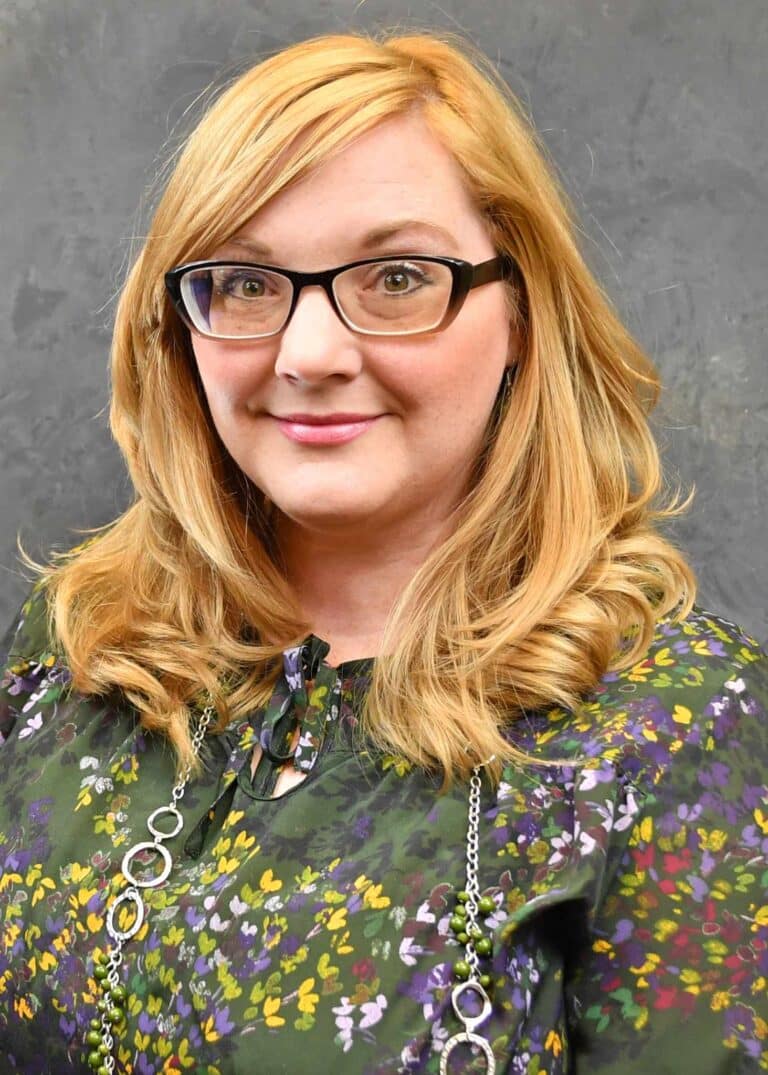By Tabitha Bozeman
Fall is here in our part of the South – trees costumed in their golds, reds and purples all over the mountains and along the Coosa River. Warm October has drifted into cool November and is beautiful and busy. The last week has been full of fall festivals, trunk-or-treats and trick-or-treating, and all of these have one thing in common (besides copious amounts of candy): costumes.
Costumes are typically considered theatre, Halloween and comic convention staples, so it is easy to assume we are generally done with them until next October. Costumes are, however, much more a part of our regular lives than we tend to notice.
Historically, costumes develop from the fashions and customs of a particular period, place or celebration – in fact, the word “costume” is derived from “custom.” Dress-up costumes are often related to professions, popular culture and individual aspirations or serve as an outlet for creativity.
Years ago, my son often chose costumes related to superheroes he loved, or what he wanted to be when he grew up (one year a firefighter, another year a race car driver). This year for Halloween, my niece crafted an incredible mask of a creature entirely from her own imagination. Her sisters, Josceline and Jolene, put their own spin on a couple of their favorite characters, creating re-imagined and unique versions. My daughter Sylvia and her friends created a trio of cat costumes this year, while my daughter Addie and her best friend Brooklyn dressed up as Jake from State Farm and Flo from Progressive.
Sometimes costumes are entertaining because they are absurd, even shocking, jolting us out of expectation and into laughter.
For example, at a party last week, one girl dressed as Napolean Dynamite, complete with an awkward stage exit. Another participant attended as the “Party Pooper,” simultaneously dancing around and sitting on an inflatable toilet. At work a couple of weeks ago, the “Dean-o-saur” visited my classroom to wish me a happy birthday, delighting my students. On Tuesday, my youngest, Olivia, dressed up as Dooneese from SNL, complete with tiny doll-sized hands and a receding hairline. She even memorized and rehearsed lines from the skit, and it was hysterically, ridiculously hilarious.
Sometimes, costumes are just the customary attire that signifies we are part of a group. Other times, our costumes remind ourselves and others of who we are as individuals. At work, I often twist up my hair and stick a pen or pencil in it to get it out of my way. Those are tools I use and almost always have on hand, so I don’t think twice about it.
One day, though, I remarked that I’d forgotten I had a pencil in my hair, and a colleague said they’d just assumed it was “on brand” for me. I am a writer and teacher, so of course I’d have a pencil stuck on my head. It has become part of my personal costume. When my daughters want to dress up as a teacher, they will usually put on a cardigan – another piece of my personal costume. My preference for cardigans and hair pencils has come, for them, to signify more than just “Mom”; now it also signifies “teacher.”
Other customs and costumes in our daily lives signal we are part of a larger group that transcends our individuality or professional identity – and these are the costumes and customs we often fail to notice. But they are also the details that remind us of our connections to others in our communities.
Where we live, these customs and costumes often include smiling at strangers and making small talk, choosing to wear colors that are considered seasonally appropriate (think about your “fall” wardrobe versus your “spring” one), exchanging holiday greetings or nodding empathetically to someone in a situation we have experienced. How we dress or costume ourselves daily, as well as the extent to which we engage in habitual social customs like these, creates a sense of belonging and fellowship with those around us – even complete strangers.
As we move into November, I am thankful that we don’t need to wait another year to identify and appreciate all of the costumes and customs that brighten and connect us in our communities.
Tabitha Bozeman lives in Gadsden with her family and teaches English at Gadsden State Community College, where she is the editor-in-chief of the Cardinal Arts Journal. The opinions expressed in this column are her own. To contact her, email tabithabozeman@gmail.com.





